
Eating with the Seasons and Seasonal Attunement
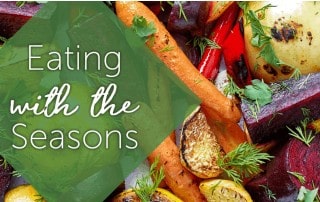
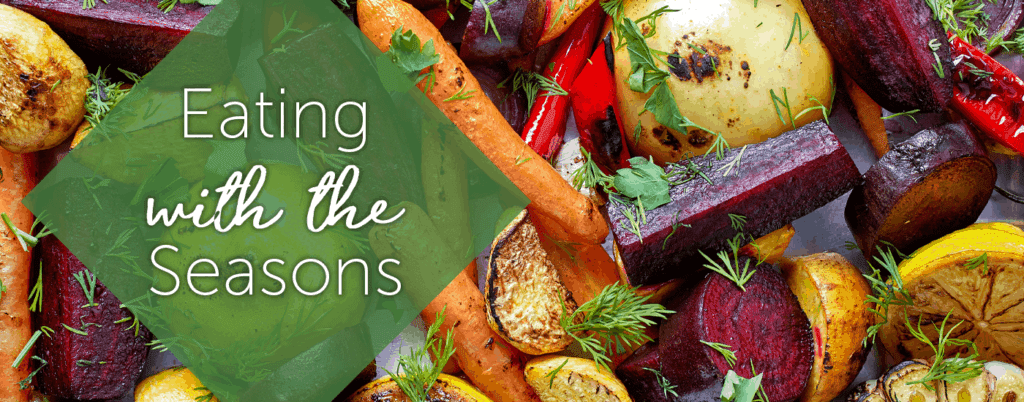
The ancient Chinese believed that the seasons have a profound cyclical effect on human growth and well-being – that we are influenced by climatic changes and that we should live in harmony with them. If you live in a climate with cold winters, it is necessary that the blood be thicker as the weather grows cold; consciously preparing for this change can help make the winter a time of beauty instead of a time to dread. This process is undertaken in part knowing how to choose and prepare food according to the seasons. Harmony with the seasons is second nature to the balanced person.

Salty and Bitter Flavours Both salty and bitter flavours are appropriate for the winter, since they promote a sinking, centering quality which heightens the capacity for storage. Such foods also cool the exterior of the body and bring heat deeper and lower. With a cooler surface, we notice the cold less. Howeve, be careful, an excess of salt can tighten the water organs (kidney and bladder) causing coldness and over consumption of water, which weakens these organs and affects the heart as well.
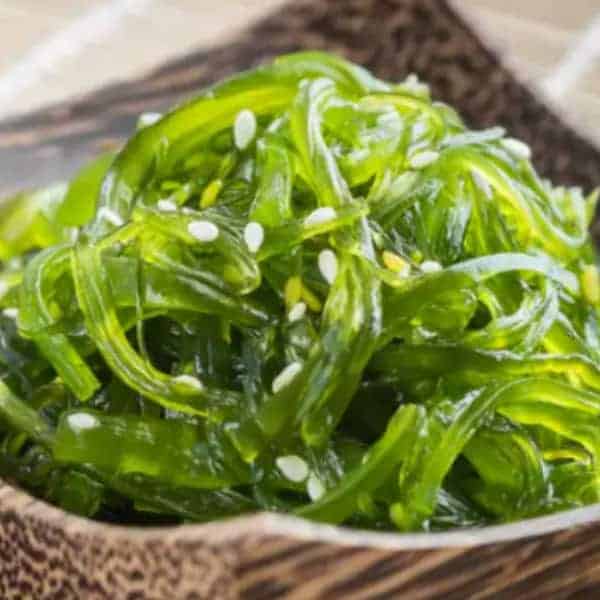
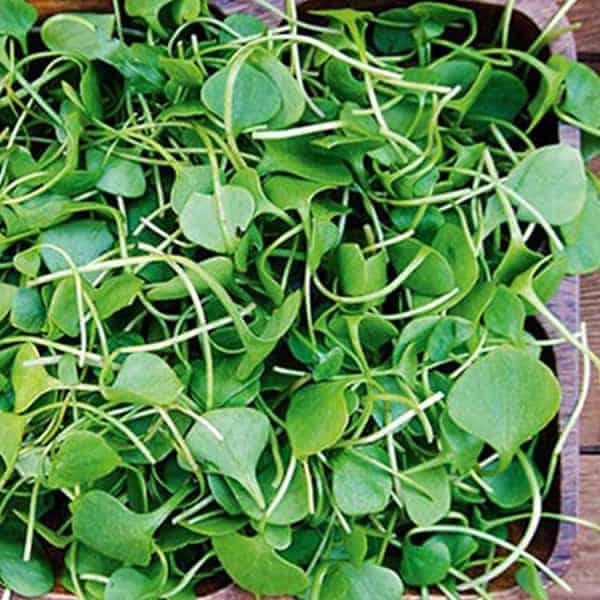
The 10 Healthiest Winter Vegetables
Vegetables are a vital part of the daily diet and ideally chosen from what is available in your area according to your needs. Vegetables contain special enzymes that aid in the cleansing process. Some are more highly recommended over others because they are more nourishing and easier to cook and digest. Serve vegetables with a grain for complete nourishment. In general, grains build while vegetables cleanse the body of toxins, purify and renew the blood. The combination is healing and soothing.
Eating in season is a breeze in the spring and summer, but it can prove to be challenging when cold weather sets in. However, some vegetables can survive the cold, even under a blanket of snow. These are known as winter vegetables, due to their ability to withstand cold, harsh weather.

These cold-hardy varieties can withstand frosty temperatures due to the higher amount of sugar that they contain. The sugar found in the water of winter vegetables causes them to freeze at a lower point, which allows them to survive in cold weather. Additionally, this process results in cold-hardy vegetables tasting sweeter in the cooler months, making winter the optimal time for harvest.
Kale
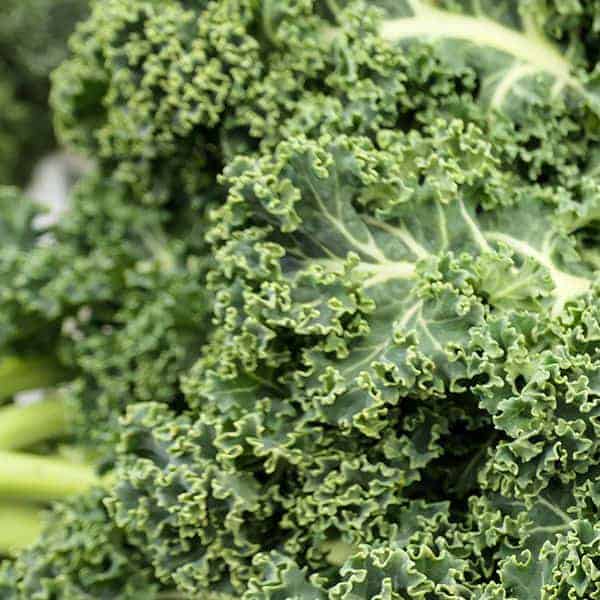
Kale is also an exceptionally nutritious and versatile green. It is packed with vitamins, minerals, fiber, antioxidants and powerful plant compounds. In fact, just one cup (67 grams) of kale contains the daily recommended intake for vitamins A, C and K. It is also rich in B vitamins, calcium, copper, manganese, potassium and magnesium. Additionally, kale is loaded with flavonoid antioxidants like quercetin and kaempferol that have powerful anti -inflammatory effects.
Some studies suggest that a diet high in flavonoids may help reduce the risk of certain cancers like lung and esophageal cancer.
Brussels Sprouts
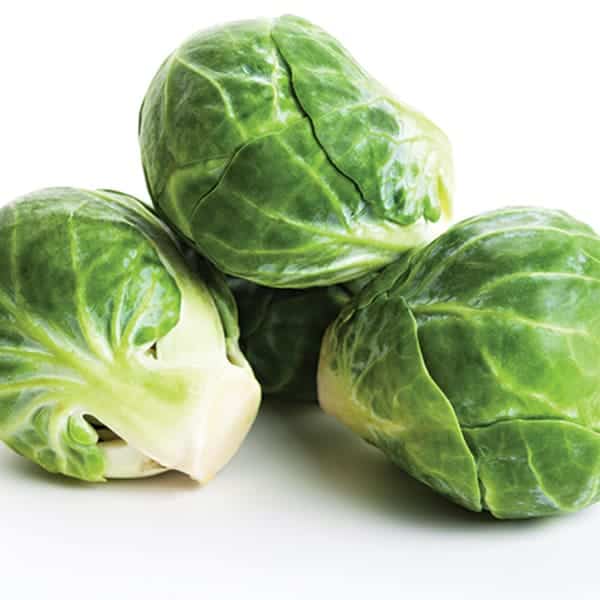
Vitamin K is critical for bone and heart health and is important for brain function.
Brussels sprouts are also a great source of vitamins A, B and C and the minerals manganese and potassium. Additionally, Brussels sprouts are high in fiber and alpha-lipoic acid, both of which have been proven to help keep blood sugar levels stable.
Fiber slows down the digestive process in the body, resulting in a slower release of glucose into the bloodstream. This means that there are fewer spikes in blood sugar after consuming a fiber-rich meal.
Alpha-lipoic acid is an antioxidant that may reduce high blood sugar levels and increase the body’s sensitivity to insulin. Insulin is a hormone required for cells to absorb blood sugar. It keeps blood sugar levels from becoming too high or too low.
Alpha-lipoic acid has also been shown to reduce the symptoms of diabetic neuropathy, a painful type of nerve damage that affects many people with diabetes.
Carrots
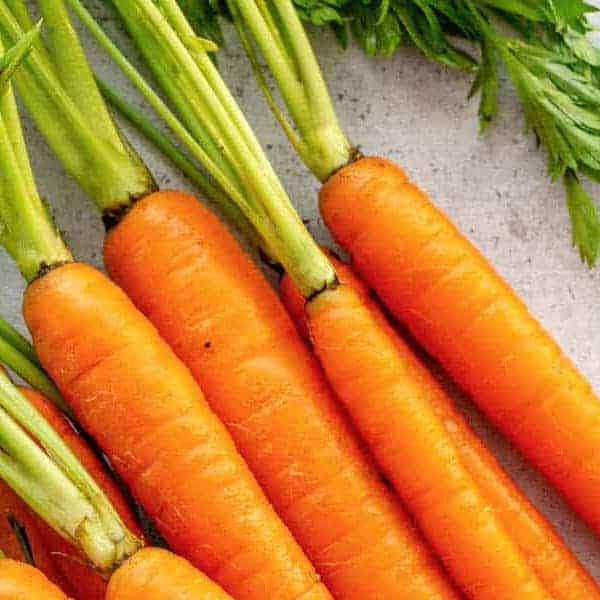
This crisp vegetable also happens to be highly nutritious. Carrots are an excellent source of beta-carotene, which can be converted to vitamin A in the body. One large carrot (72 grams) contains 241% of the daily recommended intake of vitamin A. Vitamin A is essential for eye health and is also important for immune function and proper growth and development.
What’s more, carrots are loaded with carotenoid antioxidants. These powerful plant pigments give carrots their bright color and may help reduce the risk of chronic diseases. Some studies suggest that a diet high in carotenoids may particularly help reduce the risk of certain cancers, including prostate and breast cancer.
Swiss Chard
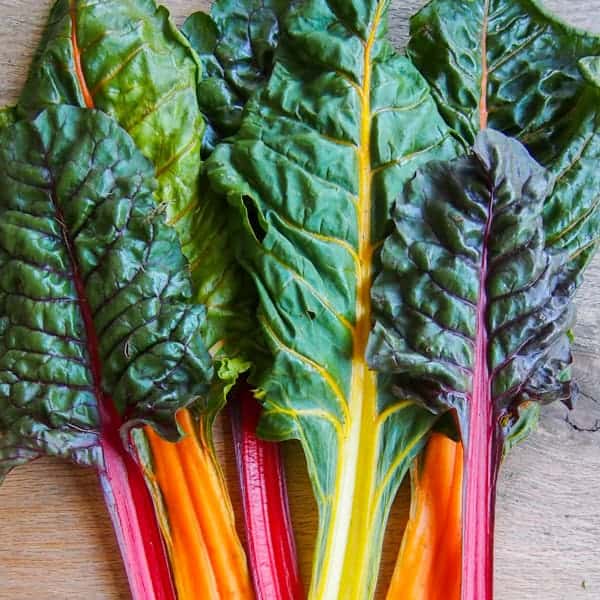
It is also a good source of vitamin C, magnesium and manganese.
In addition, the dark green leaves and brightly colored stems of Swiss chard are packed with beneficial plant pigments called betalains.
Betalains have been shown to reduce inflammation in the body and decrease the oxidation of LDL cholesterol, one of the main causes of heart disease. This green is widely used in the Mediterranean diet, which has been linked with numerous health benefits, including a reduction in heart disease.
Parsnips
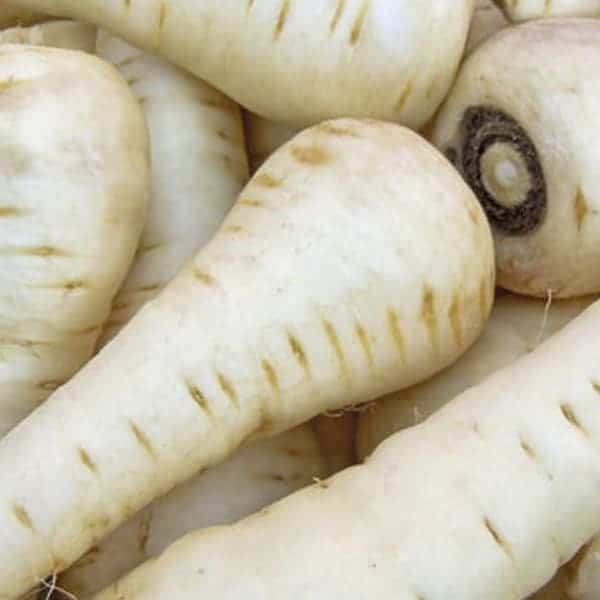
One cup (156 grams) of cooked parsnips contains almost 6 grams of fiber and 34% of the daily recommended intake of vitamin C. Additionally, parsnips are an excellent source of vitamins B and E, potassium, magnesium and manganese. The high fiber content of parsnips also makes them an excellent choice for digestive health. They are especially high in soluble fiber, which forms a gel-like substance in the digestive system. This can help slow the absorption of sugars into the bloodstream, which is especially helpful for those with diabetes.
Soluble fiber has also been linked to a reduced risk of heart disease, breast cancer and stroke.
Collard Greens
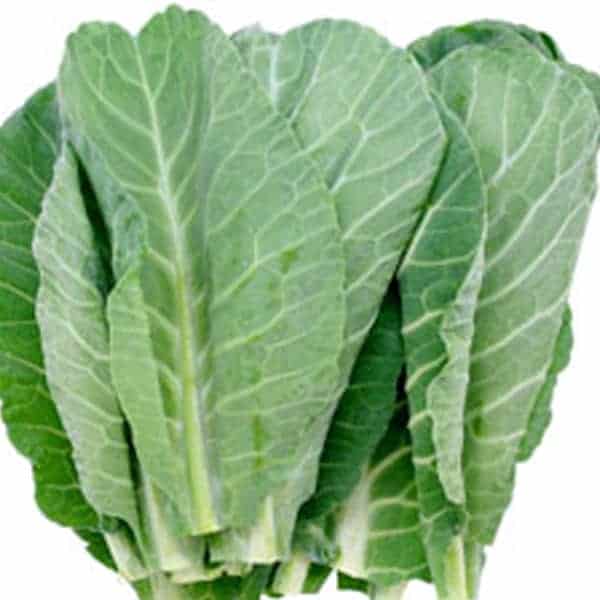
The bitterness of collard greens is actually associated with the high amount of calcium found in the plant. In fact, one study found that vegetables with the highest calcium content tasted the most bitter.
The amount of calcium in collard greens is impressive, with one cup (190 grams) of cooked collards containing 27% of the daily recommended intake. Calcium is essential for bone health, muscle contraction and nerve transmission, along with other important functions.
In addition, these greens are loaded with vitamin K, which plays a key role in bone health. Studies show that adequate intake of vitamin K and calcium help reduce the risk of osteoporosis and fractures. Aside from being a great choice for promoting healthy, strong bones, collard greens are a good source of vitamins B and C, iron, magnesium and manganese.
Rutabagas
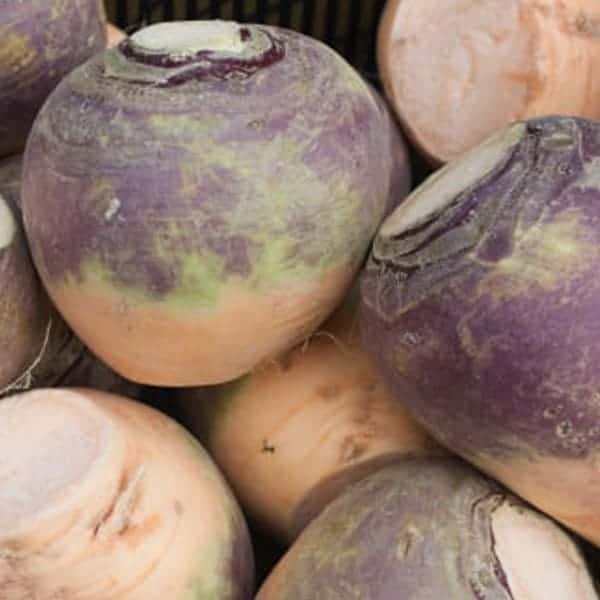
One cup of cooked rutabaga (170 grams) contains more than half of the daily recommended intake of vitamin C and 16% of the daily recommended intake of potassium. Potassium is crucial for heart function and muscle contraction. It also plays a key role in controlling blood pressure.
In fact, studies have shown that a diet rich in potassium may help reduce high blood pressure. Observational studies have linked cruciferous vegetables like rutabagas to a lower risk of heart disease. In fact, one study found that eating more cruciferous vegetables could reduce the risk of developing heart disease by up to 15.8%.
Aside from being an excellent source of vitamin C and potassium, rutabagas are a good source of B vitamins, magnesium, phosphorus and manganese.
Red Cabbage
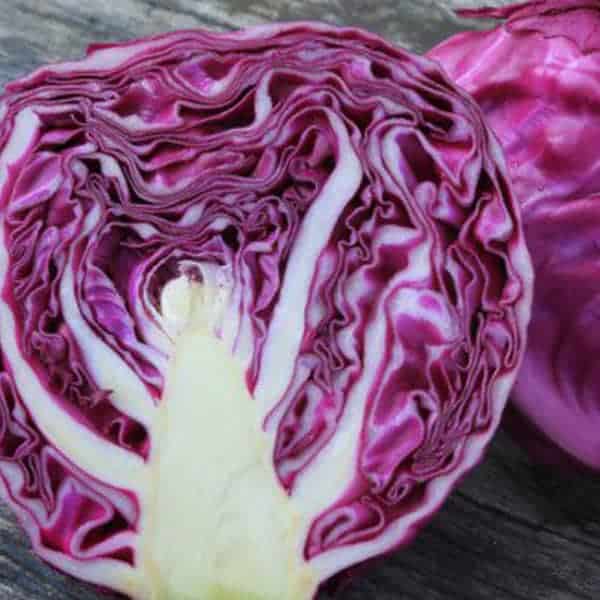
Anthocyanins belong to the flavonoid family of antioxidants, which have been linked to a number of health benefits.
One of these benefits is the potential to reduce the risk of heart disease.
In a study of 93,600 women, researchers found that women with a higher intake of anthocyanin-rich foods were up to 32% less likely to have heart attacks than women who consumed fewer anthocyanin-rich foods .
In addition, high intakes of anthocyanins have been found to reduce the risk of coronary artery disease. Additional evidence from test-tube and animal studies suggests that anthocyanins may have cancer-fighting abilities, as well.
Radishes
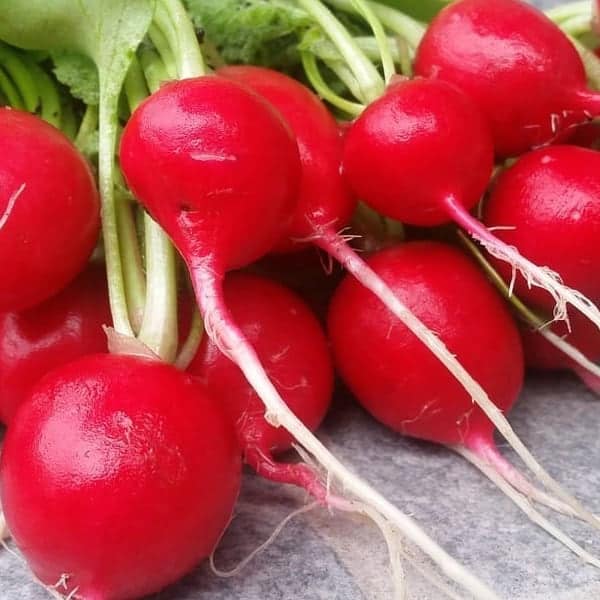
Radishes are rich in vitamins B and C, as well as potassium. Their peppery taste is attributed to a special group of sulfur-containing compounds called isothiocyanates, which have been linked to many health benefits. These powerful plant compounds act as antioxidants in the body, helping keep inflammation in check.Radishes have been extensively researched for their potential cancer-fighting properties. In fact, one test-tube study found that isothiocyanate-rich radish extract inhibited the growth of human breast cancer cells. This effect has also been seen in test-tube and animal studies involving colon and bladder cancer cells. Although promising, more human studies on the potential cancer-fighting abilities of radishes are needed.
Parsley
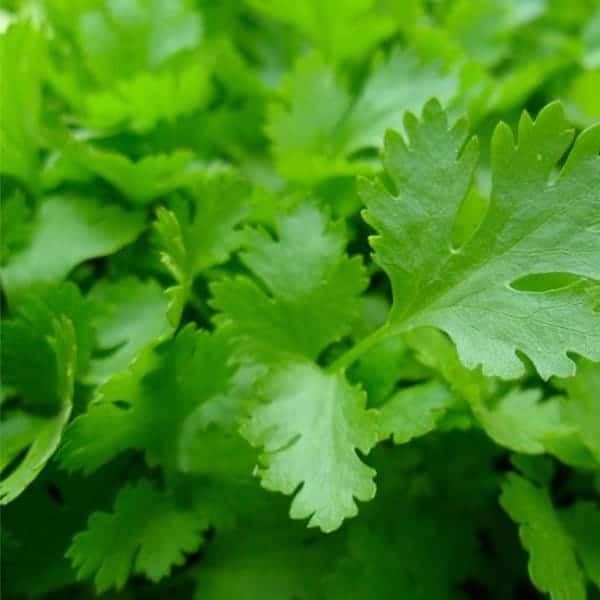
Parsley is an excellent source of flavonoids, including apigenin and luteolin, which are plant compounds that have many potential health benefits. These flavonoids may be particularly helpful in inhibiting memory loss and age-related changes in the brain.
One study found that a diet rich in luteolin reduced age-related inflammation in the brain of aged mice and improved memory by inhibiting inflammatory compounds.

Summary
Vegetables such as carrots, turnips, kale, Parsley and other cold climate ‘veggies’ such as cauliflower and winter squash contains minerals and other elements that make it possible for them to survive harsh weather and for some live under the snow. When we ate these veggies on a regular basis, we take on their qualities and build resistance to cooler weather and disease.
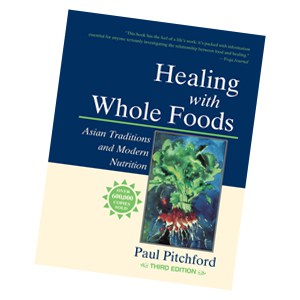
Written by: Trish Green B.Ed DiHom(Pract) C.A.H.P